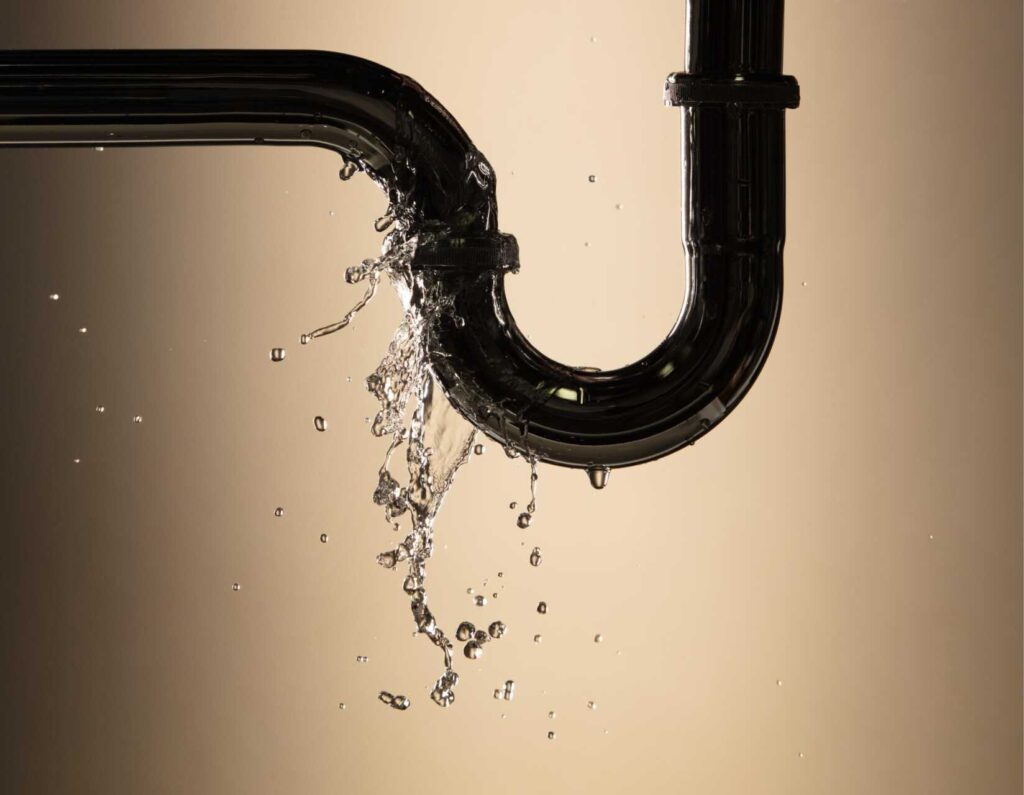
Contents
When it comes to professional sewage cleanup services, the old adage “time is of the essence” holds true. But have you considered the intricate safety measures and cutting-edge tools required for a job well done? From safeguarding your health to mastering the art of waste disposal, there’s a world of expertise waiting to be uncovered in the domain of sewage cleanup services.
Key Takeaways
- Immediate action prevents health hazards and mold growth.
- Utilize proper protective gear to avoid direct contact.
- Use extractors, pumps, and disinfectants for efficient cleanup.
- Disinfect generously, maintain ventilation, and sanitize surfaces.
- Follow waste disposal regulations for safe cleanup practices.
Importance of Immediate Action
When faced with a sewage spill in your home or business, taking immediate action is essential. Sewage spills can lead to serious health hazards and require prompt flood response to prevent further damage. The first step is to guarantee the safety of everyone in the vicinity by evacuating the area if necessary.
Next, it’s imperative to contact a professional sewage cleanup service to handle the situation efficiently. These experts have the necessary equipment and expertise to assess the extent of the damage and develop an all-encompassing cleanup plan.
They’ll also have access to specialized tools for extracting sewage water, disinfecting the area, and restoring it to a safe and sanitary condition.
Delaying the cleanup process can result in mold growth, structural damage, and contamination of the surrounding areas.
Additionally, exposure to sewage water can pose significant health risks, including bacterial infections and respiratory issues. As a result, swift action is essential to minimize the impact of a sewage spill on your property and safeguard the well-being of those in the vicinity.
Safety Precautions to Follow
When it comes to sewage cleanup services, ensuring your safety is paramount.
Protective gear essentials like gloves, goggles, and boots are vital in preventing direct contact with hazardous waste.
Being aware of the contamination risks involved can help you navigate the cleanup process with caution and expertise.
Protective Gear Essentials
To guarantee the safety of yourself and others during sewage cleanup services, it’s essential to wear proper protective gear.
When dealing with hazardous materials, protective gear plays a significant role in preventing exposure and minimizing health risks. Here are some essential items to take into account:
Gloves Selection: Opt for heavy-duty, chemical-resistant gloves to protect your hands from direct contact with sewage contaminants.
Respirator Types: Depending on the level of exposure and airborne contaminants present, choose the appropriate respirator, such as an N95 mask or a full-face respirator.
Protective Clothing: Wear coveralls or disposable suits to shield your body from sewage splashes and spills.
Eye Protection: Use safety goggles or a face shield to safeguard your eyes from any splashes or aerosolized particles.
Contamination Risk Awareness
To guarantee the safety of yourself and others during sewage cleanup services, it’s essential to heighten your awareness of potential contamination risks.
Sewage contains various contamination sources, including bacteria, viruses, parasites, and chemicals that can pose severe health impacts if proper precautions aren’t taken. When dealing with sewage, always assume that it’s contaminated and follow strict safety protocols.
To minimize the risk of exposure to harmful contaminants, make sure to wear appropriate protective gear such as gloves, goggles, masks, and coveralls.
Avoid direct contact with sewage and contaminated surfaces, and wash your hands thoroughly after handling any materials.
Furthermore, be cautious of cross-contamination by properly segregating contaminated items from clean areas.
Use disinfectants recommended for sewage cleanup to sanitize affected surfaces and materials effectively.
Equipment and Tools Needed
To effectively tackle sewage cleanup, ensuring you have essential gear like heavy-duty gloves, protective eyewear, and respirators is vital.
Additionally, mastering proper disinfection techniques using EPA-approved chemicals is necessary to prevent the spread of harmful bacteria and viruses.
Implementing safety precaution measures such as securing the area, using warning signs, and establishing a disposal plan will help maintain a safe environment during the cleanup process.
Essential Cleanup Gear
When starting on sewage cleanup services, the vital gear required encompasses a range of specialized equipment and tools necessary for efficient and safe remediation.
It’s important to have the following items ready:
Protective Gear: This includes gloves, goggles, coveralls, and boots to shield you from contaminants and pathogens present in sewage.
Extractors and Pumps: Utilize wet/dry vacuums, submersible pumps, and extractors to remove standing water and sewage from the affected area.
Air Scrubbers: These machines help improve air quality by filtering out particles and odors during the cleanup process.
Disinfectants: Use EPA-approved sanitation products like bleach, hydrogen peroxide, or commercial disinfectants to eliminate harmful bacteria and viruses.
Having these vital cleanup gear items at your disposal guarantees a thorough and safe sewage cleanup operation.
Remember to always prioritize your safety and the proper handling of hazardous materials during the remediation process.
Proper Disinfection Techniques
For effective disinfection techniques in sewage cleanup, the proper equipment and tools are essential. When it comes to disinfection methods and surface sanitization in sewage cleanup, having the right tools at your disposal is vital.
Some of the key equipment required includes industrial-grade disinfectants, protective gear such as gloves, masks, and goggles, as well as cleaning cloths or disposable wipes. Additionally, a pressure washer or heavy-duty cleaning equipment may be needed for thorough surface cleaning.
To guarantee effective disinfection, it’s recommended to use EPA-approved disinfectants that are specifically designed for sewage cleanup. These disinfectants should be applied generously on all affected surfaces and left to sit for the recommended dwell time to effectively kill harmful bacteria and pathogens.
Proper ventilation is also important during the disinfection process to prevent the inhalation of fumes.
Surface sanitization is a significant step in sewage cleanup to prevent the spread of diseases and contaminants. By following these proper disinfection techniques and using the right equipment, you can guarantee a thorough and effective cleanup process.
Safety Precautions Measures
How can you guarantee the safety of your team during sewage cleanup operations? Confirming personal protective equipment (PPE) is worn and health regulations are followed is essential.
Here are some important safety precautions measures to take into account:
Wear Proper PPE: Equip your team with personal protective gear such as gloves, masks, goggles, and coveralls to prevent exposure to harmful pathogens.
Use Respiratory Protection: In areas with strong odors or airborne contaminants, respiratory masks or respirators are necessary to safeguard respiratory health.
Implement Hand Hygiene: Encourage frequent hand washing with soap and water, and provide hand sanitizers to prevent the spread of bacteria and viruses.
Adhere to Health Regulations: Familiarize yourself with local health regulations and guidelines to confirm compliance with safety standards during sewage cleanup operations.
Proper Waste Disposal Methods
To guarantee the safe and effective disposal of waste during sewage cleanup services, it is essential to follow proper waste disposal methods. Sustainable practices and efficient waste management are key components in this process. Proper waste disposal not only assures a clean environment but also prevents potential health hazards.
When dealing with sewage cleanup waste, it is vital to separate different types of waste materials for appropriate disposal. Here are some recommended waste disposal methods to follow:
| Waste Type | Disposal Method | Description |
|---|---|---|
| Solid Waste | Landfills or Incineration | Solid waste should be disposed of in designated landfills or through controlled incineration. |
| Hazardous Waste | Specialized Facilities | Hazardous waste such as chemicals or contaminated materials must be disposed of at specialized facilities. |
| Biohazard Waste | Biohazard Bins or Incineration | Biohazard waste, like bodily fluids, should be placed in biohazard bins or incinerated following safety protocols. |
| Liquid Waste | Sewer Systems or Treatment Plants | Liquid waste can be safely disposed of through sewer systems or treatment plants for proper processing. |
Decontamination Techniques
Decontamination techniques play an indispensable role in guaranteeing the effective removal of harmful contaminants during sewage cleanup services.
When dealing with biological hazards present in sewage, following proper sanitation protocols is vital to prevent health risks and guarantee a safe environment.
Here are some key decontamination techniques to take into account:
Disinfection: Use EPA-approved disinfectants to kill bacteria and viruses present in the contaminated area. Guarantee thorough coverage and proper contact time as per the product instructions.
Deodorization: Address malodors by using specialized deodorizing agents that neutralize smells rather than just masking them. This step is indispensable for restoring a clean and fresh environment.
HEPA Vacuuming: Employ High-Efficiency Particulate Air (HEPA) vacuums to remove solid waste and particles from surfaces. HEPA filters can trap small particles, preventing them from becoming airborne.
Anti-Microbial Treatments: Apply anti-microbial solutions to surfaces to inhibit the growth of mold and bacteria post-cleanup. This step is vital in preventing future contamination.
Documentation and Insurance Claims
Implementing thorough documentation and maneuvering through the complexities of insurance claims are essential aspects of the sewage cleanup process. Proper documentation not only aids in the efficient handling of the cleanup but also plays a critical role in the insurance claim process. Here are some key points to keep in mind when dealing with documentation and insurance claims during sewage cleanup:
| Documentation Requirements | Tips for Insurance Claims |
|---|---|
| Record all damage with photos | Report the incident promptly |
| Keep receipts for expenses | Understand your policy coverage |
| Document communication with insurers | Seek assistance if needed |
| List damaged items accurately | Provide all requested documents |
| Maintain a detailed cleanup log | Follow up on the claim process |
When it comes to insurance claims, it is essential to be proactive and organized. Promptly report the incident to your insurance company and provide all necessary documentation to support your claim. Understanding your policy coverage and seeking assistance from professionals if needed can streamline the claim process. Follow up with your insurer regularly to guarantee the claim is progressing smoothly. By adhering to these documentation requirements and insurance claim tips, you can navigate through the process effectively and expedite the sewage cleanup.
Hiring a Professional Cleanup Service
For a thorough and efficient sewage cleanup process, enlisting the services of a professional cleanup team is vital. When hiring a professional cleanup service, there are several key factors to take into account to guarantee you choose the right team for the job.
Cost Considerations: Obtain detailed quotes from multiple companies to compare pricing. Be wary of any services that provide markedly lower estimates, as this could indicate a lack of quality or thoroughness in their work.
Service Reviews: Research the reputation of the cleanup companies you’re evaluating. Look for reviews and testimonials from previous customers to gauge the quality of their work and customer satisfaction levels.
Certifications and Training: Confirm that the cleanup team has the necessary certifications and training to handle sewage cleanup safely and effectively. Ask about their experience in dealing with similar situations.
Response Time: In the case of sewage spills, quick response time is essential to minimize damage and health risks. Choose a cleanup service that offers 24/7 emergency response capabilities.
Summary
Now that you have learned about the expert tips for professional sewage cleanup services, remember that time is of the essence. Did you know that sewage backups can cause up to $50,000 in property damage if not addressed promptly? By taking immediate action, following safety precautions, and utilizing proper equipment, you can effectively mitigate health risks and structural damage. Don’t hesitate to contact a professional cleanup service for thorough and efficient sanitation.
Recent Posts
5 Tips for Inexpensive Leak Detection Services
It is important to promptly address any water leaks, but you don’t have to break
Mastering Biohazard Sewage Cleanup Techniques
Is it really worth the risk to tackle biohazard sewage cleanup without the right techniques?
Top Leak Detection Services for Homeowners
Is it true that most homeowners underestimate the impact of undetected leaks? You might think

